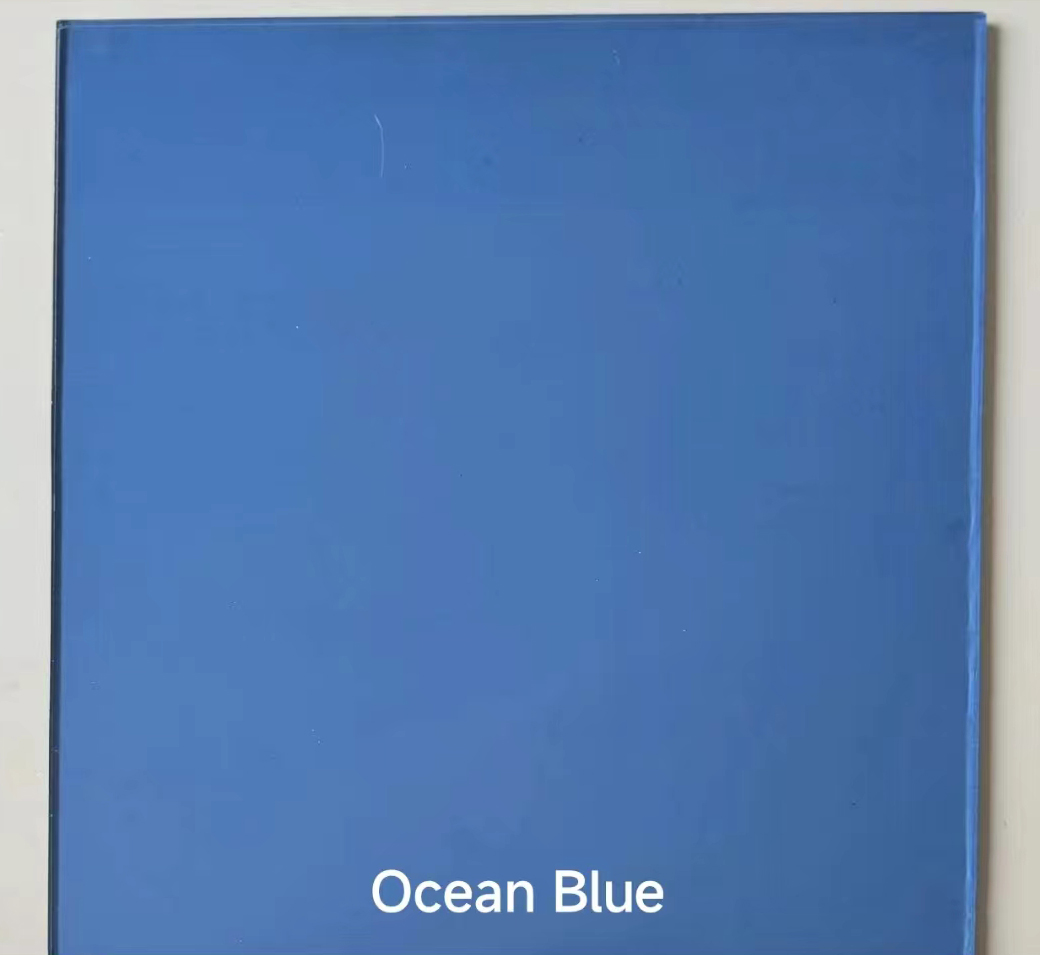

The Benefits of Energy-Efficient Low-E Glass
In recent years, the quest for energy efficiency has become paramount in the construction and renovation of buildings. One of the most innovative advancements in this arena is the development of low-emissivity (Low-E) glass. This type of glass has revolutionized the way we think about windows and their role in energy conservation. With its ability to enhance thermal performance, reduce energy consumption, and improve overall comfort, low-E glass is becoming a staple in modern architecture.
Low-E glass is designed to reflect heat while allowing natural light to enter a building. It is coated with a thin layer of metal or metal oxide that is invisible to the naked eye. This coating serves a dual purpose it keeps heat inside during cold weather while also reflecting harmful ultraviolet (UV) rays and infrared light in warmer months. Consequently, Low-E glass helps maintain a stable indoor temperature, making it an attractive option for both residential and commercial properties.
The Benefits of Energy-Efficient Low-E Glass
Another noteworthy advantage of Low-E glass is its contribution to indoor comfort. By minimizing temperature fluctuations, occupants can enjoy a more stable and pleasant environment. Additionally, the glass's ability to filter UV rays helps protect interior furnishings, flooring, and artwork from fading over time. This characteristic is particularly beneficial for homeowners looking to preserve the aesthetics and quality of their living spaces.

Furthermore, Low-E glass is a versatile solution, suitable for various applications, including residential homes, office buildings, and storefronts. It can be tailored to meet specific requirements, such as noise reduction or improved aesthetics, making it a popular choice among architects and builders. Its compatibility with standard window frames and installation processes also eases the transition for those looking to upgrade existing windows.
In terms of environmental impact, the use of Low-E glass can contribute significantly to a building's overall sustainability profile. When combined with other energy-efficient building materials and technologies, it can contribute to earning certifications such as LEED (Leadership in Energy and Environmental Design). This, in turn, can enhance a property's marketability and overall value.
Despite its many advantages, some may be concerned about the initial cost of upgrading to Low-E glass. While it is true that the upfront investment may be higher than traditional windows, the long-term savings in energy bills and maintenance, coupled with the added comfort and protection it offers, make it a wise financial decision. Moreover, various incentives and rebates are often available to subsidize these costs at local or national levels, further mitigating the financial barrier.
In conclusion, energy-efficient Low-E glass represents a significant advancement in building materials, offering profound benefits in energy savings, comfort, and environmental sustainability. Its ability to enhance thermal performance while allowing natural light to flood in makes it an ideal choice for modern construction. Whether for new builds or renovations, investing in Low-E glass is a step towards a greener, more energy-efficient future. As the demand for sustainable practices continues to grow, Low-E glass will undoubtedly play a pivotal role in shaping the architecture of tomorrow.